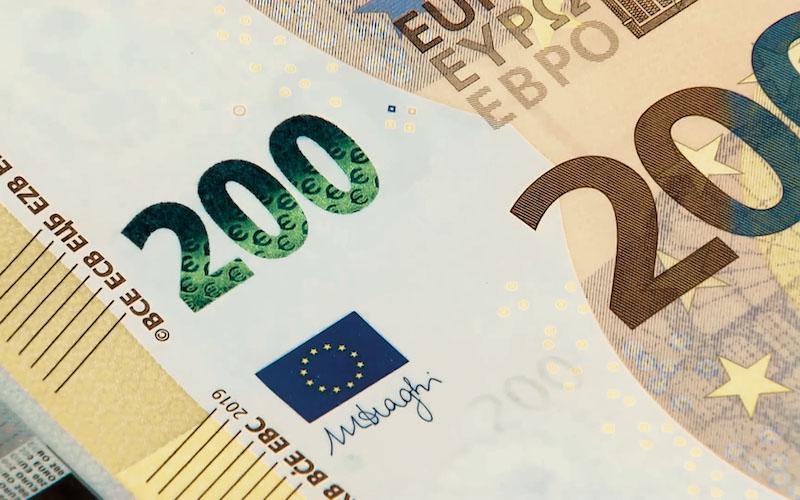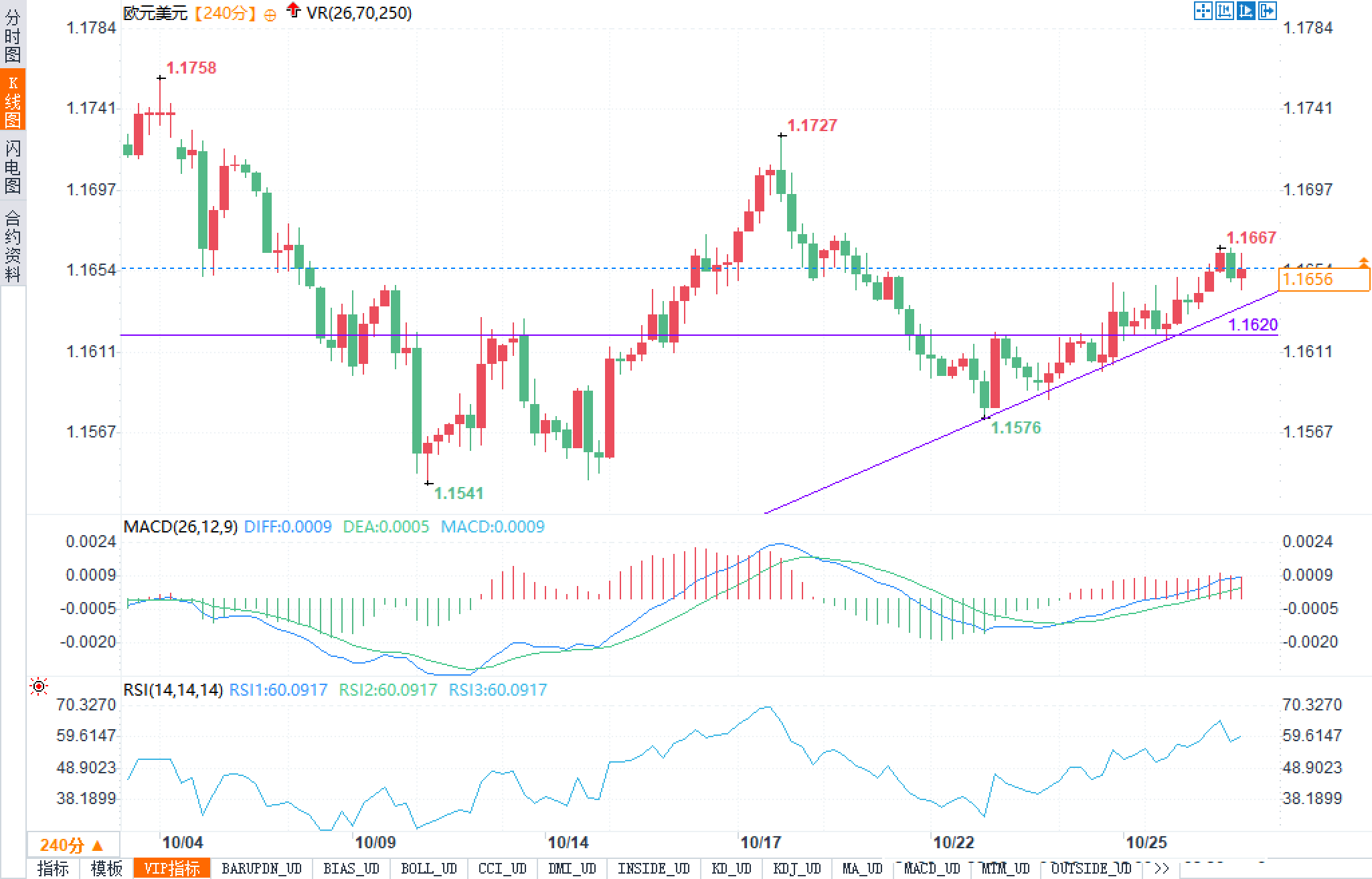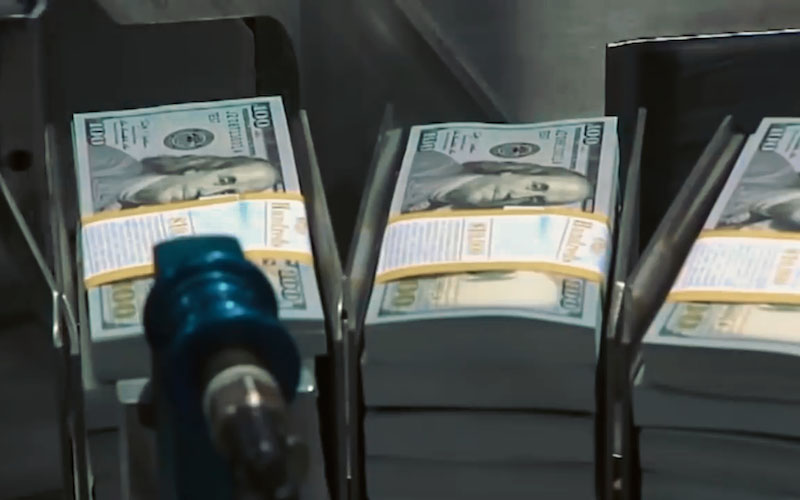The US dollar has lost its "safe haven"! With the yen's verbal intervention and trade easing, how far can the euro surge?
2025-10-28 19:43:40

Fundamentals: The dollar's safe-haven premium is retreating, and the euro is getting a respite
The core reason behind the euro's current strength against the dollar isn't any impressive euro data, but rather the dollar's temporary loss of its "safe haven" premium within the dominant macroeconomic narrative. First, the tone of tensions between major external economies has eased, with emphasis on promoting resource and supply chain cooperation with key partners. The US has signed a framework agreement with Japan on the supply of critical minerals and rare earths to ensure a stable supply of upstream strategic materials, a statement interpreted by the market as a easing of external tensions. With risk appetite rebounding, demand for traditional safe-haven currencies—including the US dollar itself—has been suppressed, indirectly pushing up the euro against the dollar.
The second driving force comes from interest rate pricing. Last week's weaker-than-expected US inflation data has the market essentially locked in a 25 basis point cut in the federal funds target rate by the Federal Reserve on Wednesday, and the market is already betting on the possibility of another rate cut this year. Derivatives markets are currently pricing in a high probability of a 4% drop in October and a further drop to 3.75% in December, even beginning to price in further easing in the first quarter of next year. The market's logic is straightforward: if the Fed continues its easing trajectory, short-term US yields will continue to fall, eroding the US dollar's interest rate advantage and unleashing upward resilience against the euro.
Meanwhile, while the Federal Reserve faces a comprehensive data package covering employment, consumption, housing prices, and confidence, the US government shutdown-style administrative disruption has reduced the availability of official high-frequency macroeconomic data, objectively forcing the Fed to rely more on risk management rather than data reliance. The market interprets this as indicating that, even without a systemic economic recession, the Fed will be inclined to proactively lower funding costs to hedge against future uncertainties. If this expectation materializes, it will be difficult for the dollar to rebound strongly in the short term.
Third, news from the Eurozone itself isn't all positive. Germany's GfK consumer confidence index continued to weaken in October, falling from -22.3 to -24.1, worse than the expected -22.0 and hitting a nearly seven-month low. This suggests that end-user demand remains under pressure and household spending hasn't fully recovered. This should have weighed on the Euro, but the impact has been offset by two factors: First, the European Central Bank's recent relatively restrained stance. Although the ECB's consumer inflation expectations survey showed a 12-month inflation forecast falling from 2.8% to 2.7%, three- and five-year forecasts remained unchanged at 2.5% and 2.2%, respectively, suggesting a gradual stabilization of the medium- and long-term inflation anchor, there has been no rapid collapse. This has led the market to believe that the ECB is likely to pause further interest rate cuts in the short term and will not rush to further ease policy until at least before 2025. Second, the ECB's bank lending survey indicated a slight tightening of lending standards among eurozone banks in the third quarter, something that had not been fully anticipated in previous surveys. The bank attributed the downside risks to the economic outlook, geopolitical uncertainty, and trade-related concerns to the situation. This selective lending policy essentially reinforces the ECB's cautious approach to medium- and long-term inflation, rather than simply announcing a comprehensive stimulus package.
Putting all this together, the Eurozone's fundamentals don't offer a strong growth story, but the European Central Bank hasn't rushed into risk-taking easing. Conversely, the market is betting on the Federal Reserve continuing its path of rate cuts. This diverging policy stance and a cooling of the dollar's risk-off sentiment are fueling the euro's recent rally against the dollar.
Technical analysis: The 240-minute rising trend line is still playing a leading role
Looking at the 240-minute candlestick chart, after stabilizing near 1.1541, the EUR/USD pair experienced a rapid peak at 1.1727 before retreating from that high. However, it found buying support again at 1.1576, forming a higher low. The exchange rate has since steadily risen along an ascending trend line dating back to late October. This trend line currently roughly crosses 1.1576 and 1.1620, indicating that the bull market is continuously raising its defenses. The current exchange rate is already trading above this ascending trend line, indicating that bulls are still in control and have not yet been forced into panic stop-loss orders.

Structurally, 1.1620 represents key support in the near term, corresponding to both the high of the previous sideways consolidation zone (static support) and the nearly overlapping extension of the rising trendline (dynamic support). A pullback to this area and the emergence of a stabilizing candlestick pattern, such as a hammer candlestick or a bullish candlestick with a long lower shadow, will likely be viewed as a retest for renewed resistance. Further below, 1.1576 and 1.1541 represent secondary and extreme support, respectively. The former represents the previous significant higher low, while the latter marks the starting point of this rebound, representing a bullish bottom line.
Looking up, short-term resistance initially lies around 1.1667, a local high from the latest surge and a market-testing neckline. If 1.1667 is successfully broken and holds, upward potential will target the previous high of 1.1727, with the potential to re-test the higher high of 1.1758 to the left. In other words, 1.1667 is a classic resistance level, which could potentially become a new support level upon a break.
At the indicator level, the MACD indicator (26, 12, 9) shows that the MACD line has re-established itself above the signal line, with the DIFF at approximately 0.0009 higher than the DEA at approximately 0.0005. The histogram is positive and expanding slightly, indicating that bullish momentum is re-accumulating and no obvious top divergence has yet to appear. As long as the MACD does not experience a rapid decline and fall back below the zero axis, the probability of trend continuation remains favorable. The relative strength index RSI (14) is currently rising near 60, with room to move towards the traditional overbought zone (70). This generally means that bulls still have room to advance, but it also suggests that if the RSI approaches 70 but fails to simultaneously break through 1.1727, a "momentum divergence" may occur, where prices reach new highs while the RSI is not too high. This will become the first yellow light signal for bulls.
Overall, the structure on the 240-minute chart is a typical ascending channel: higher lows, testing period highs, and oscillators that haven't overheated. As long as the 1.1620-1.1650 area isn't significantly broken, this ascending trendline will remain dominant, and the exchange rate isn't in a position to reverse into a downtrend.
Market Sentiment Observation: Risk appetite recovered, but the US dollar did not fall out of control
From a sentiment perspective, the current situation isn't a typical "full dollar capitulation" scenario, but rather a combination of a recovery in risk appetite and policy expectations driving down dollar interest rate differentials. Equity market sentiment is optimistic, primarily due to a de-escalation in external frictions. Senior officials have publicly stated that all parties are working to find a "sustainable framework" for cooperation on key resources, supply chains, and industries, alleviating market concerns about an extreme confrontation. Declining risk premiums often signal a greater willingness to flow into non-safe-haven assets and high-beta currencies, naturally putting pressure on the US dollar in this process.
Meanwhile, the market's focus has shifted back to central banks, rather than geopolitical shocks. The Federal Reserve is seen as continuing to lower its policy rate. Fiscal and administrative noise from the US government justifies this "risk-averse" easing, which has weighed on the US dollar. Regarding the European Central Bank, with its medium- and long-term inflation anchor still hovering around 2.2%-2.7% and deflationary expectations yet to fully collapse, the market believes the ECB is likely to remain on hold in the short term, making the euro relatively resilient.
Another noteworthy trend concerns the yen. Japanese finance and monetary officials have recently publicly emphasized that they will "closely monitor" yen fluctuations, a tone interpreted by the market as indicating the willingness to take measures to stabilize the exchange rate. The Bank of Japan itself is under verbal pressure from its finance ministers to maintain a "prudent" monetary policy, a sentiment interpreted by the market as indicating that further tightening remains a possibility. This verbal support for the yen has led some bulls to close long positions on the dollar against the yen. As a result, the dollar has not only weakened against the euro but also lacked upward momentum against the yen. In other words, the dollar lacks an independent safe-haven asset.
Another significant source of noise stemming from Eurozone politics is the ongoing debate in France over fiscal deficits and wealth taxes. Some political parties have even threatened to launch a new no-confidence motion if parliament does not adopt their proposed tax hikes. This political uncertainty acts as a ceiling for the euro: it won't immediately crash the market, but it will serve as a reminder to the market to be cautious during each rally, thus limiting a reckless, one-sided push to the top. This sentiment can be felt around 1.1667: bulls are still pushing, but with a noticeably more cautious approach.
- Risk Warning and Disclaimer
- The market involves risk, and trading may not be suitable for all investors. This article is for reference only and does not constitute personal investment advice, nor does it take into account certain users’ specific investment objectives, financial situation, or other needs. Any investment decisions made based on this information are at your own risk.





















